Our ward is quite unique in that we have a diverse membership. We have people who don’t speak English as a first language. Aside from the US, our members hale from Africa, Latin America, the Pacific Islands, the Caribbean, and Asia. We have members who have experienced military and judicial conflict. All of us experience interpersonal conflict from time to time. In my talk I shared a story about a close family member who went through months of interpersonal conflict with a member of their ward many years ago. Happily, they had a solid relationship with a home teacher who had been diligent with them for many years. This home teacher was able to help resolve the differences. I am very grateful for this dedicated home teacher. Just a few months after all was resolved, the other person involved in the conflict died. Had this home teacher not acted as a peace-maker the people involved would not have become reconciled.
The Joseph Smith translation of Matt 7 reads:
- 1 Judge not (unrighteously), that ye be not judged.
- 2 For with what judgment ye judge, ye shall be judged: and with what measure ye mete, it shall be measured to you again.
My experience has taught me that in most disputes neither side is totally right or wrong. It’s more likely that all parties bear some responsibility in a conflict. I read a caution in the above scripture. I can judge a circumstance completely true, and yet judge people involved harshly. Should I feel justified in harshness if someone is actually guilty of something? Should I show leniency? Justice or mercy? I believe the Lord allows us our agency here, but warns that our approach to how we perceive others will color how we ourselves will be viewed when our time comes to make our accounting for this life. Temporal things are by definition temporary. It’s true some things in this life have eternal consequences. Do we plead for God to pour out justice on others while at the same time beg for mercy upon ourselves? That seems like a double standard. Another word for double standard is hypocrisy.
Moses 1
- 39 For behold, this is my work and my glory—to bring to pass the immortality and eternal life of man.
If this is God’s work, then what is ours? Should it not be to focus on this same goal? God doesn’t say he seeks the condemnation of his children. If this is so, then neither should we.
From the Sermon on the Mount in Matt 5:
- 7 Blessed are the merciful: for they shall obtain mercy.
- 9 Blessed are the peacemakers: for they shall be called the children of God.
I hope that I can emulate that home teacher from all those years ago who was a peacemaker through his diligence and love. I hope that I will be strong enough to seek mercy for others, and allow God to determine when justice is called for. I don’t mean we should not acknowledge wrongs or work to make this life better. We have public institutions to do the work of justice. I do mean that if I am here to learn to be like Heavenly Father, it seems the more difficult attribute to gain is mercy rather than justice. Offering mercy lowers conflict and encourages repentance from what I’ve seen over the years. Seeking justice tends to encourage defensiveness and increases conflict. There is a balancing act here. We are justified to defend ourselves from the hurtful actions of others, yet we need to find a way to allow God to have the ultimate say on culpability.









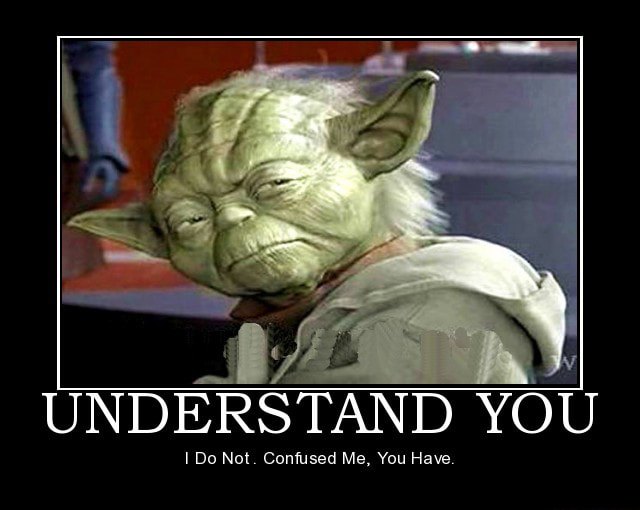
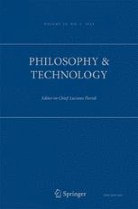
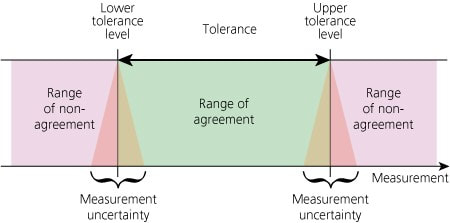


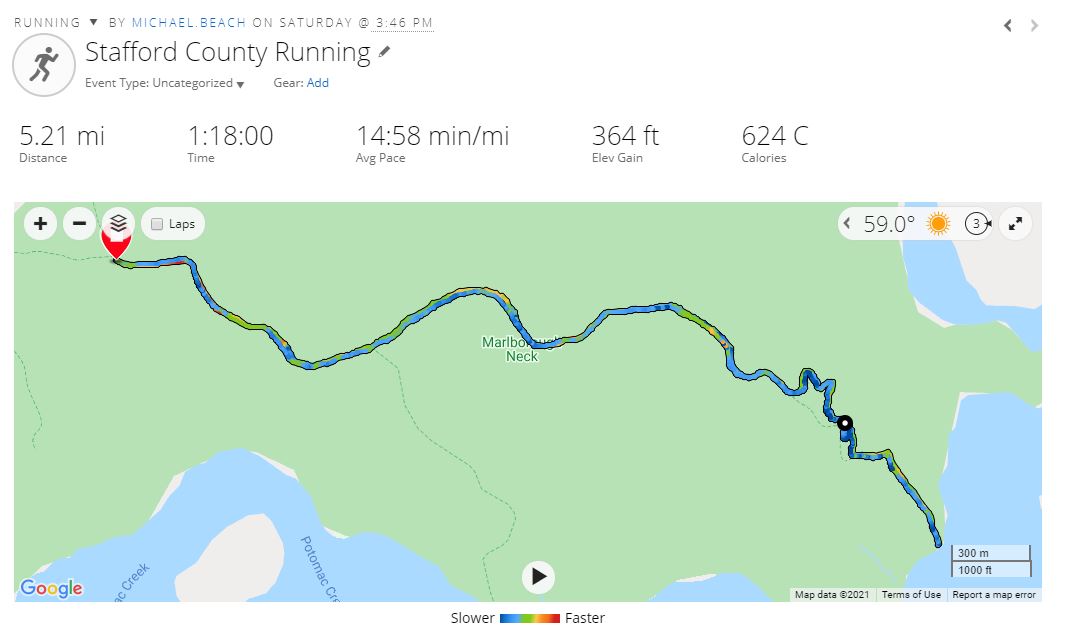













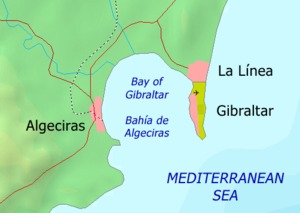

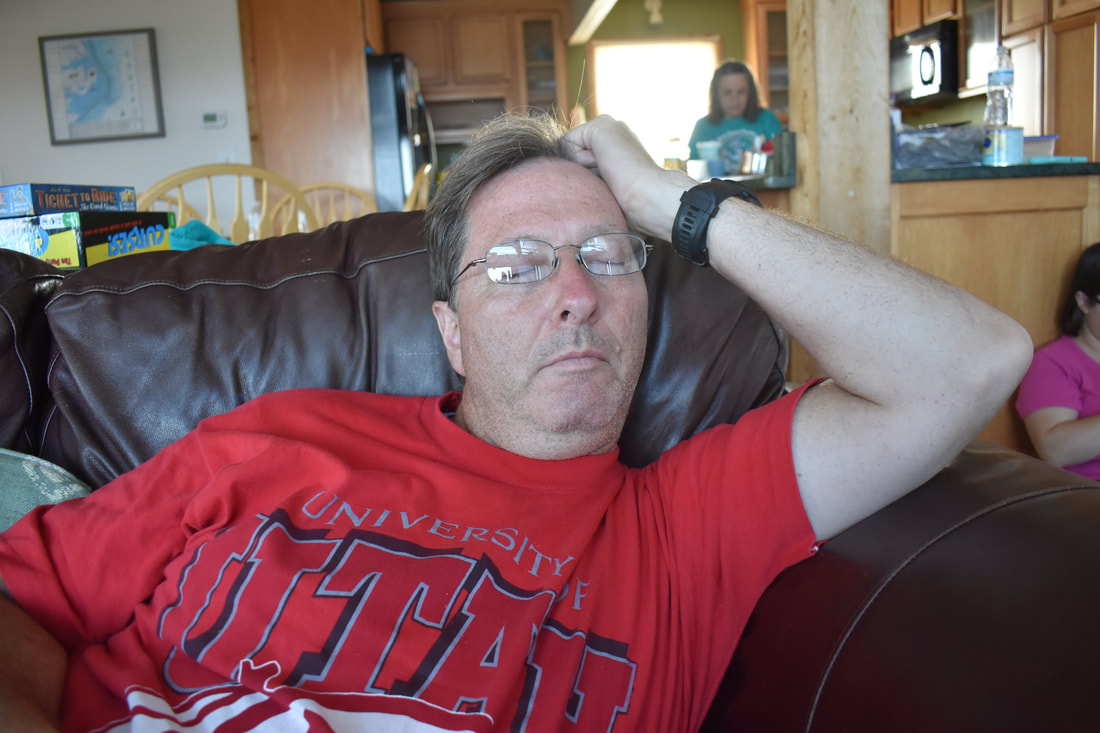
 RSS Feed
RSS Feed